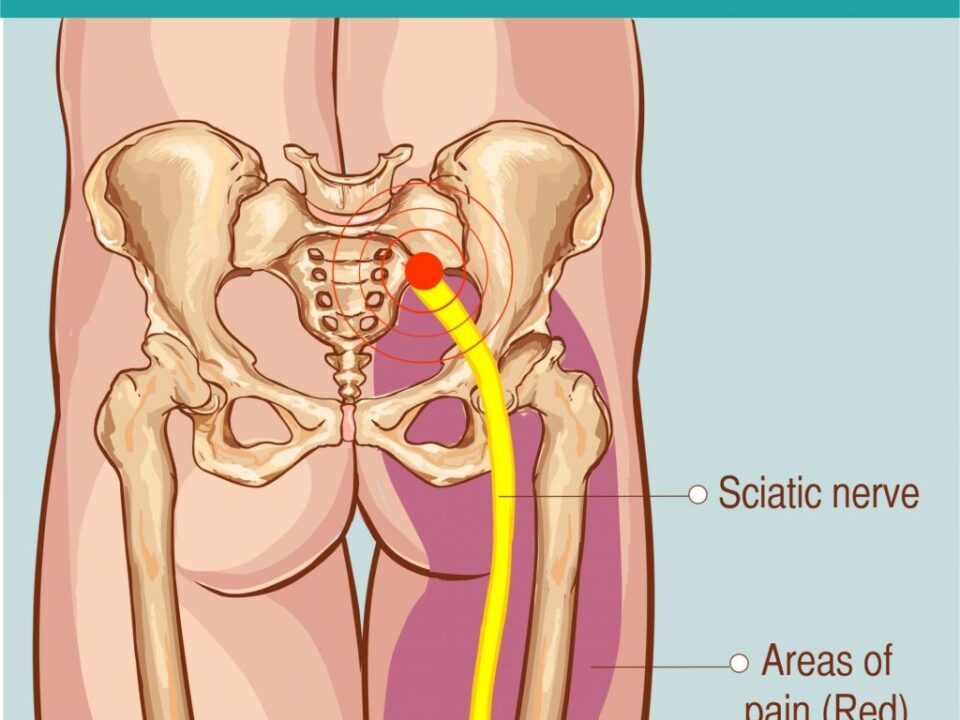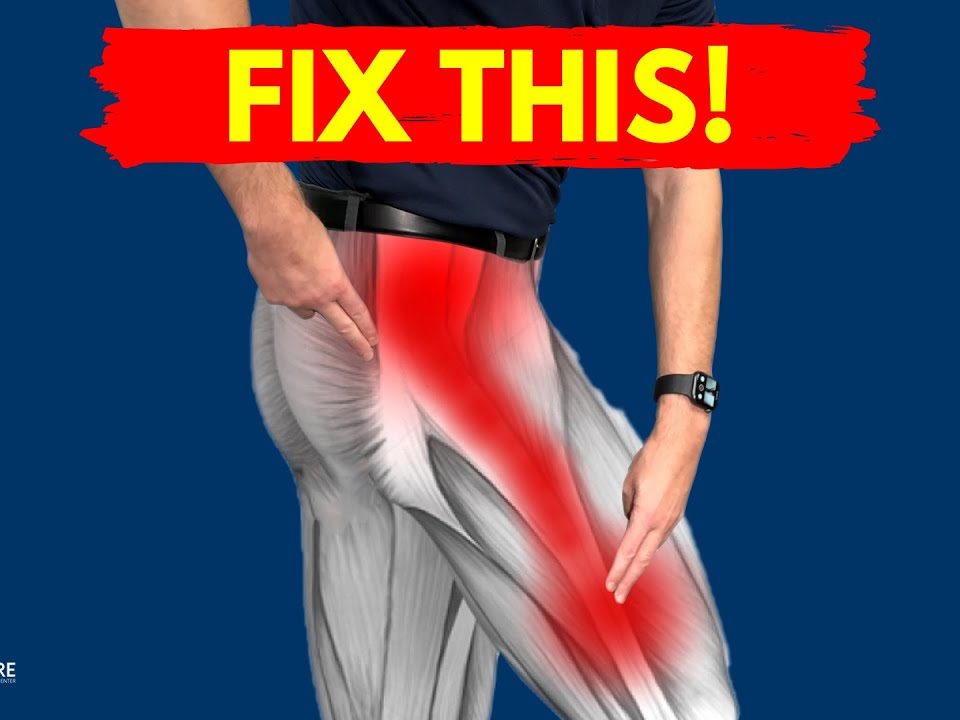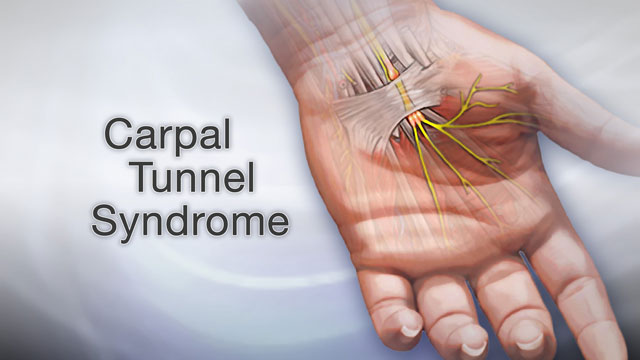What Sciatica is, and how a Chiropractor can help.

What is Sciatica?
Sciatica is one of the most commonly diagnosed forms of pain, up to 40% of people will have an experience with sciatica in their lifetime and chiropractic is a treatment option that seems to be gaining popularity in North America.
Sciatica is commonly described as pain, tingling, or numbness that travels in the same pattern as the route of the sciatic nerve, which can start from your lower back, through the buttocks, and all the way down the backs of the legs into the feet.
The Sciatic nerve is derived from the nerve roots (the branches from the spinal cord) of L4-S3 and contains both motor and sensory sections of the nerve.
What Causes Sciatica?
While the symptoms of sciatica can be very common, the causes of those symptoms can be completely different, and this is the importance of seeing a chiropractor to start, they are extremely knowledgeable in diagnosis of sciatica.
Causes of sciatica can be:
- Disc bulge / disc herniation – a condition in which the cartilage cushion between 2 vertebrae partially or fully ruptured, causing compression on the nerve. Disc bulges are the most common reason for having chronic sciatica making up roughly 90% of the cases of chronic sciatica.
- Vertebral Misalignment – vertebrae that move out of their normal and optimal positioning, causing compression on the nerve.
- Spondylolisthesis / spondylolysis – Shifting forward, backward, or side to side of the vertebrae, often times accompanied by a fracture in the lower back.
- Muscle spasms – most often times the particular muscle being the piriformis in the hip, but other hip or lower back muscles that spasm or become inflamed can cause these symptoms.
- Other space occupying lesions – Tumors, cysts, lipomas, and other growths can sometimes press on these nerves as well causing sciatica symptoms.
How is it Treated?
The important part that you’ve been searching for, just how do we treat sciatica? Well, there are a number of different methods of treatment, and depending upon the root cause, obviously some of these can vary, but we can highlight a few of them”
- Chiropractic
- Massage Therapy
- Acupuncture Therapy
- Physiotherapy
- Medication
- Steroid Injections
- Surgical procedures
- Home Care
Chiropractic Treatment
Chiropractic treatment is shown to be one of the most effective forms of treatment for sciatica due to chiropractors having a diverse toolkit for dealing with the different causes for the symptoms.
Part of the reason that chiropractors are great at treating the symptoms of sciatica, is because chiropractors are highly trained in diagnosing nerve, muscle, and skeletal problems associated with sciatica, as well as many, and especially at our chiropractic office in Coquitlam, are trained in taking and reading X-Rays. After all, you can not treat the symptoms, if you do not know what the specific cause of the problem is, and this is why chiropractors get such good results.
Whether it’s from a disc herniation, facet joint inflammation, or muscle strain, chiropractic spinal manipulations, and other therapies can provide fast and effective relief from all sciatic symptoms including back pain, radiating and shooting pain down the legs, and sensory defect.

Other Treatment Methods
Acupuncture: Acupuncture therapy can be effective in the reduction of sciatic nerve pain by increasing circulation and Qi flow through the body. Check out this article in relation to this.
Massage Therapy: Muscular tightness, strain and swelling around the nerve can be reduced significantly through the use of massage therapy.
Physical Therapy: In the event there is muscular strain, or weakness, physical therapists can use stretches, exercises, and therapeutic modalities to aid in the reduction of symptoms.
Medication: In many cases, for short term pain relief, general physicians will prescribe NSAIDS like advil, ibuprofen, and naproxen, and in some cases will accompany those medications with either pain killers, or muscle relaxants. While symptoms are reduced, this is often temporary and should only be used for short term treatment of the pain as they can create opioid dependency and may have other internal side effects.
Topical Creams: A nice, and often times natural way to reduce sciatica symptoms includes the use of topical creams and gels. One that we typically recommend and carry in our Coquitlam office is biofreeze. Ask your chiropractor or physician for recommendations on a natural topical agent to use!
Surgery: Sometimes, we’ve tried it all, and aren’t getting any long term results. Surgery may be required in rare cases, so please consult with your physician if after 12 weeks of care there is either an increase, or no reduction in pain symptoms, and get the appropriate imaging (eg. MRI / CT scan) and referrals (eg. Neurologist / Neurosurgeon) for the next course of action.
Author: Arvin Bahri
Date: November 21, 2019



